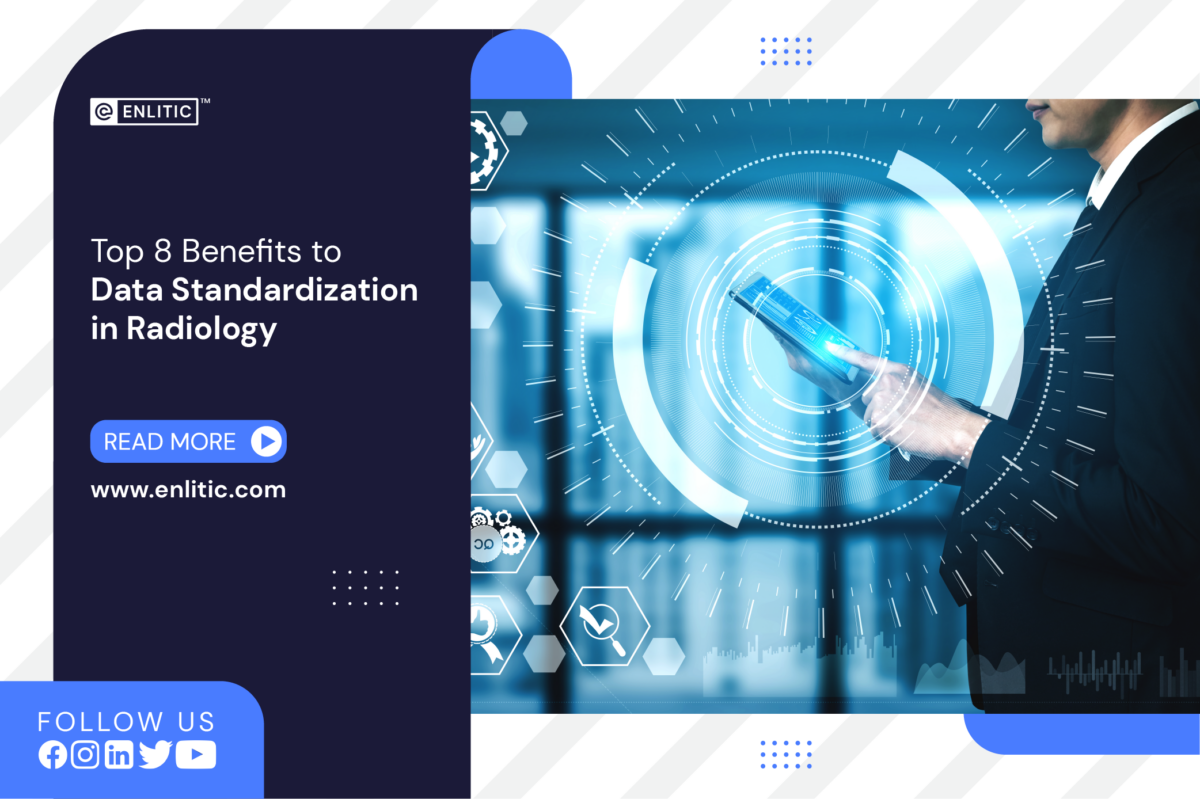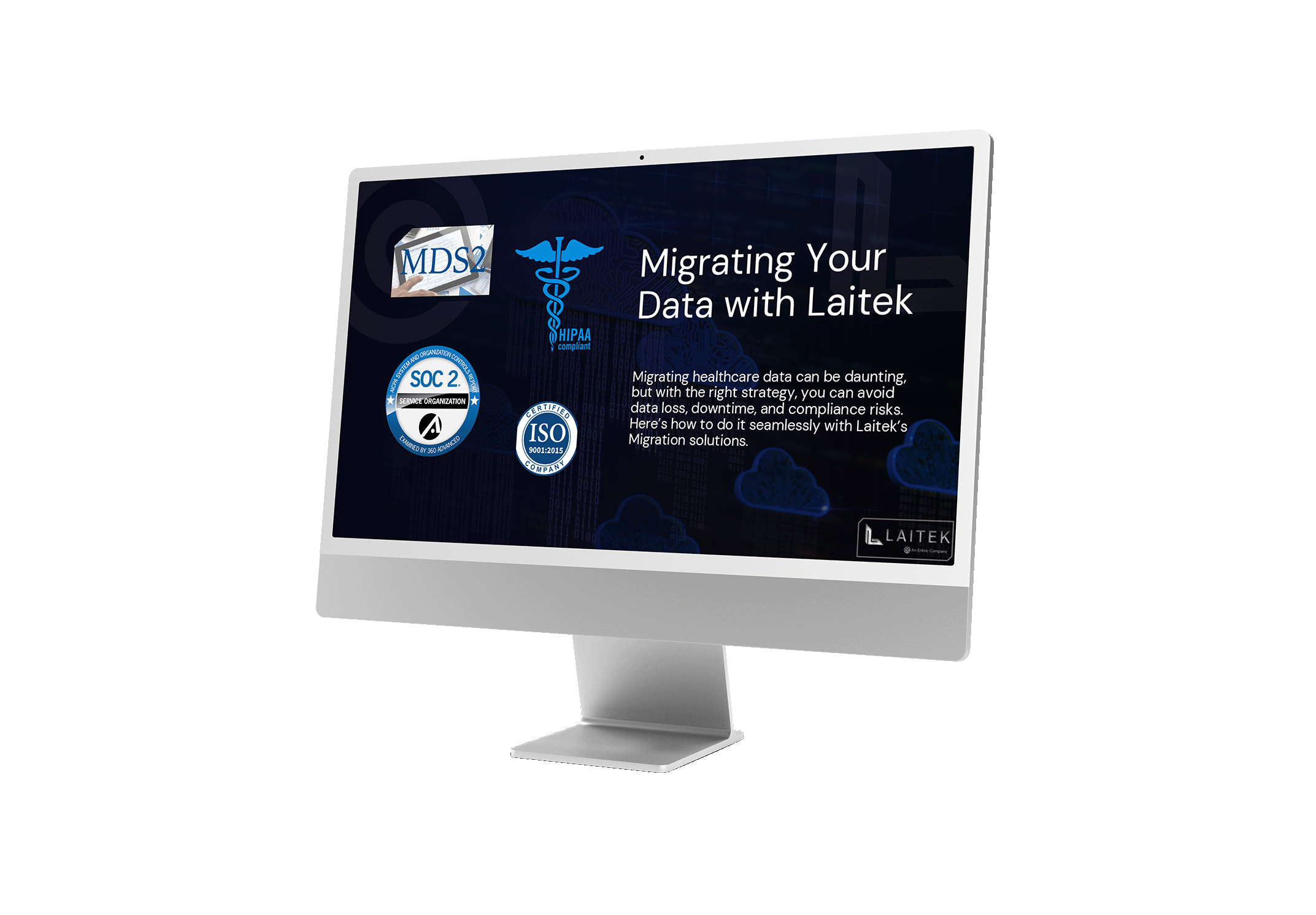Investing in an AI-powered data management application for radiology can bring numerous benefits to a healthcare facility. Here are the top 8 reasons to consider:
- Improved Efficiency: AI can automate various tasks in data management, reducing the need for manual input and streamlining processes. Improving how images are displayed with display protocols by standardizing the study and series descriptions can be automated using computer vison (CV) and natural language processing (NLP). This frees up time for radiologists and staff to focus on patient care and more critical aspects of their work.
- Enhanced Accuracy: CV and NLP can assist in image descriptions, complete missing data, and make the information more clinically relevant. This can lead to more accurate diagnoses and better patient outcomes.
- Faster Turnaround Times: AI expedites data processing, reducing the time it takes to produce reports and share results with referring physicians, leading to quicker treatment decisions.
- Comprehensive Data Storage and Retrieval: AI-powered data management systems can efficiently store and index vast amounts of radiological data, making it easy to retrieve patient records and compare current and past images for more accurate assessments.
- Decision Support: Data management and analysis enabled by artificial intelligence can provide radiologists with valuable decision support tools, offering relevant clinical information, recommended treatment options, and potential diagnoses based on similar cases in the database.
- Quality Control and Standardization: AI solutions can help maintain consistent quality standards by standardizing image formatting, and report generation, reducing the chances of errors and inconsistencies.
- Cost-Effectiveness: While there may be initial investment costs, an AI-powered data management application can lead to long-term cost savings by improving efficiency, reducing unnecessary tests, and minimizing errors that could lead to costly rework.
- Research and Education: A centralized database can serve as a valuable resource for medical research and educational purposes, allowing access to a wide range of cases and aiding in the advancement of radiology knowledge and practices.
It’s important to note that while AI can be a powerful tool in radiology, it is not a replacement for human expertise and judgment. Instead, it complements and augments the skills of radiologists, enhancing their capabilities and ultimately benefiting patient care. Enlitic’s ENDEX™ solution provides data standardization of medical images and contributes to expanding the capacity of radiology departments while making reporting workflows more efficient.








